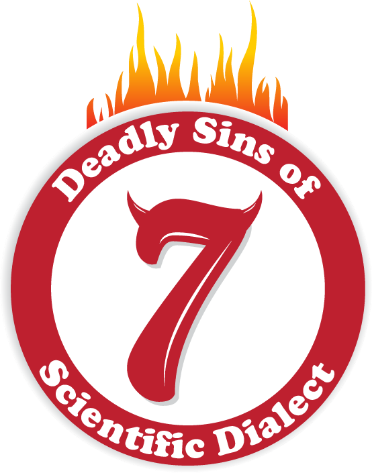Seven Deadly Sins Part 1

This series was written by Writing Tip Wednesday reader Rick Hull. Rick has been a health communications specialist with the National Center for Chronic Disease Prevention and Health Promotion’s (NCCDPHP’s) Office of the Director for 36 years, many of them as a writer-editor. He is NCCDPHP’s clearance coordinator and branding ambassador, CDC’s logo-licensing and co-branding coordinator, and a reviewer in CDC’s system logos clearance.
His favorite quote is “Great ideas are hogwash. Style and structure are the essence of great writing.” —Vladimir Nabokov, Lectures on Literature
The passive voice is perhaps the most characteristic feature of scientific writing. What’s so terrible about it?
- It’s hesitant and unconvincing.
- It seems to be concealing something.
- It usually takes more words to say.
- It lends itself to twisted sentence constructions.
Example:
When the condition of the patient at the time of discharge was suggestive of an undiagnosed wound infection, an effort was made to trace the patient through local nursing homes and family physicians.
Revision:
When the patient’s condition suggested an undiagnosed wound infection, [investigators, hospital administrators, we, I] tried to trace the patient through local nursing homes and family physicians.
There is a time and place for passive voice (“we” or “I” can become tiresome to read, and sometimes the emphasis really should be on the receiver of the action or on the action itself), but you should use active voice as much as you can.